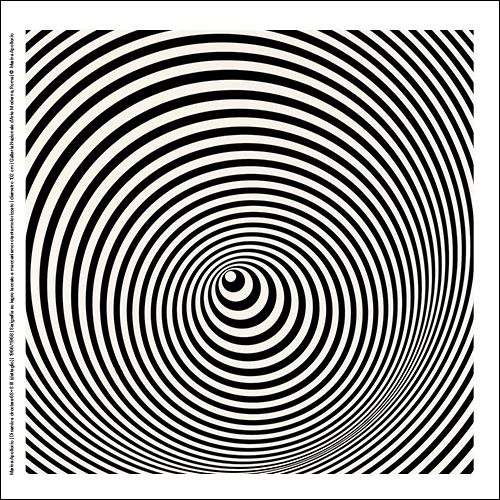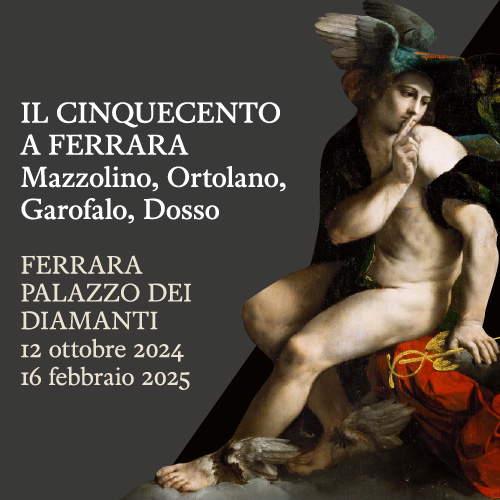Rare discovery in Egypt: the original colors of the Temple of Horus at Edfu return to light
Splendid colored reliefs covered in ancient times the walls of the Temple of Edfu, a great shrine dedicated to the god Horus located insouthern Egypt. Indeed, the archaeological mission of the Julius-Maximilians-Universität in Würzburg, Germany, and the Supreme Council of Antiquities of Egypt, as part of theEdfu Temple Restoration Project, has for the first time unveiled the original appearance of the temple’s decorations, uncovering the remnants of the original colors that covered the reliefs carved on thesandstone. The project, directed by archaeologist Ahmed Abdel Naby and funded by the Gerda Henkel Foundation, started in 2021 and the goal was precisely to restore these colors to their original condition. The work is being completed ahead of next winter, for the start of the tourist season, so that the temple can welcome Egyptian visitors and tourists from all over the world. Mohamed Ismail Khaled, secretary-general of the Supreme Council of Antiquities, said the temple restoration project is part of the Egyptian ministry’s strategy to preserve Egypt’s cultural heritage, which is considered the heritage of all humanity, and aims to restore full legibility of the temple walls, including through the use of digital: the texts engraved on the stone of the walls will in fact be published and documented in digital format, and will also be translated.
During the restoration work, remains of writings by temple priests in demotic script (the Egyptian language in the period between the last centuries of independence and those of Roman rule) were also discovered: this is direct evidence relating to the priests who entered the temple. Such personal inscriptions are known primarily from the temple’s outer areas or gates and not from the sanctum or sanctum sanctorum. These discovered texts will contribute to the formation of new insights into the religious practices of Egyptian priests.



Traces of gilding made with gold leaf used for the main figures (for example, the jewelry of pharaohs or the bodies of gods) have also been found. “The gilding of the figures presumably served not only to immortalize and deify them symbolically, but also contributed to the mystical aura of the room. It must have been very impressive, especially when the sunlight was shining,” says Victoria Altmann-Wendling, project manager and research associate in theHorus Beḥedety Project at the University of Würzburg.
The findings also indicate that some of the walls were covered with layers of thick metal foil made of gold-plated copper-the only traces left, however, are the holes in the walls that were used to fix these foils. The original colors were covered by dirt, guano and salt accumulation, which blurred all surfaces. At present, archaeologists are studying the pigments used to color the surfaces, as well as the gold leaf used for the gilding. However, it has already been noted that some of these colors date back to the time when the temple was built.
The findings at Edfu are important because, in most ancient Egyptian temples, the painting is not preserved, or is preserved only in certain (interior) areas. The multicolored paintings can now provide additional details of scenes and hieroglyphics that could not be identified in relief alone, such as elements of clothing or offerings. Artisans also used color to correct hieroglyphs carved in stone. “We are observing ancient quality management,” commented Professor Martin A. Stadler, director of the Horus Beḥedety Project at Würzburg University. “The fact that the gods were completely golden is particularly interesting. We find it in textual sources that describe the flesh of the gods as composed of gold,” added Victoria Altmann-Wendling.


Besides being the best-preserved shrine in Egypt, the Temple of Horus at Edfu is a marvel of ancient structural design, with a length of 137 meters, a width of 76 meters and heights ranging from 15 meters to 35 meters. With such grand proportions and the surfaces of its walls completely covered with inscriptions and pictorial reliefs, the temple at Edfu is also an important monument from a historical point of view. Built and decorated between 237 and 57 B.C.E., under the reigns of kings Ptolemy III-XII, it contains more religious texts and ritual scenes than almost any other Egyptian temple, some of which can be traced back to the 3rd millennium B.C.E.
 |
| Rare discovery in Egypt: the original colors of the Temple of Horus at Edfu return to light |
Warning: the translation into English of the original Italian article was created using automatic tools. We undertake to review all articles, but we do not guarantee the total absence of inaccuracies in the translation due to the program. You can find the original by clicking on the ITA button. If you find any mistake,please contact us.


























